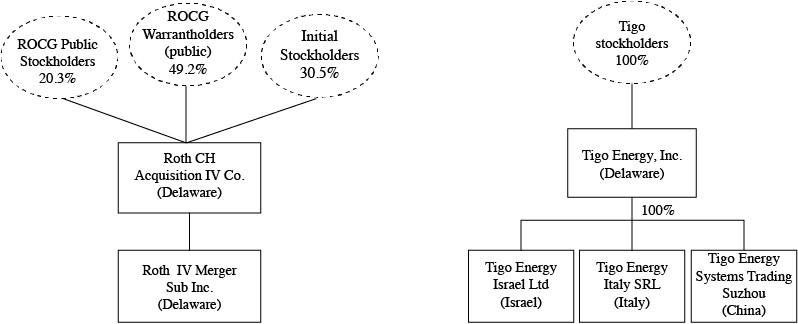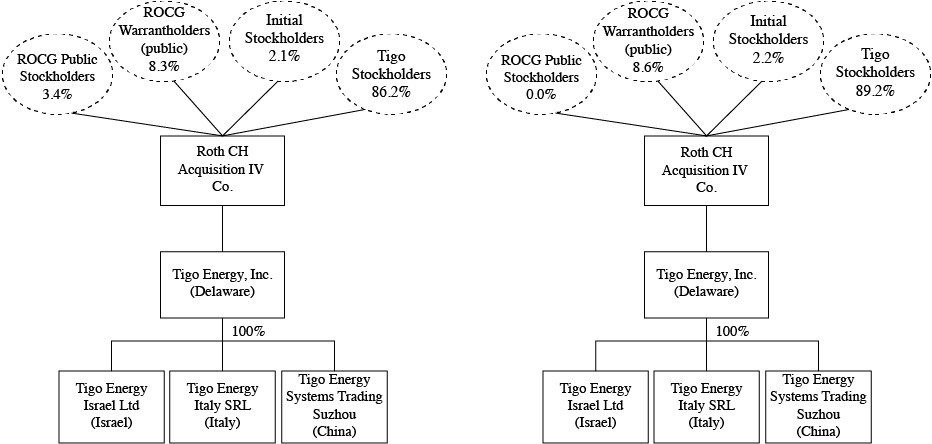“Tax” and “Taxes” means any and all federal, state, local, foreign or other taxes imposed by any Governmental Authority, including all income, gross receipts, license, payroll, net worth, employment, excise, tariffs, severance, stamp, occupation, premium, windfall profits, environmental, customs duties, capital stock, ad valorem, value added, inventory, franchise, profits, withholding, social security (or similar), unemployment, disability, real property, personal property, sales, use, transfer, registration, governmental charges, duties, levies and other similar charges imposed by a Governmental Authority in the nature of a tax, alternative or add-on minimum, or estimated taxes, and including any interest, penalty, or addition thereto.
“Tax Return” means any return, declaration, report, statement, information statement or other document filed or required to be filed with any Governmental Authority with respect to Taxes, including any claims for refunds of Taxes, any information returns and any schedules, attachments, amendments or supplements of any of the foregoing.
“Terminating Acquiror Breach” has the meaning specified in Section 10.1(f).
“Terminating Company Breach” has the meaning specified in Section 10.1(e).
“Title IV Plan” has the meaning specified in Section 4.13(c).
“Trade Secrets” means confidential and proprietary information, whether oral or written, including ideas, designs, concepts, compositions, compilations of information, formulas, patterns, program, device, methods, methodologies, techniques, procedures, processes and other know-how, whether or not patentable, including all writings, memoranda, copies, reports, papers, surveys, analyses, drawings, letters, computer printouts, computer programs, computer applications, tools, specifications, business methods, business processes, business techniques, business plans, data (including customer data and technical data), graphs, charts, sound recordings and pictorial reproductions.
“Trademarks” means unregistered and registered trademarks and service marks, trademark and service mark applications, common law trademarks and service marks, trade dress and logos, trade names, business names, corporate names, product names and other source or business identifiers and the goodwill associated with any of the foregoing and any renewals and extensions of any of the foregoing.
“Transaction Proposals” has the meaning specified in Section 8.2(b).
“Transfer Agent” has the meaning specified in Section 3.2(a).
“Transfer Taxes” has the meaning specified in Section 8.4.
“Treasury Regulations” means the regulations promulgated under the Code by the United States Department of the Treasury (whether in final, proposed or temporary form), as the same may be amended from time to time.
“Trust Account” has the meaning specified in Section 11.1.
“Trust Agreement” has the meaning specified in Section 5.8(a).
“Trustee” has the meaning specified in Section 5.8(a).
“Underwriters” means, collectively, Roth Capital Partners, LLC and Craig-Hallum Capital Group LLC.
“Unpaid Transaction Expenses” has the meaning specified in Section 2.5(c).
“Updated Interim Financial Statements” has the meaning specified in Section 6.3(a).
“W&C” has the meaning specified in Section 11.17(b).
“Warrant Agreement” means the Warrant Agreement, dated as of August 5, 2021, between Acquiror and Continental Stock Transfer & Trust Company.
“Warrant Consent” has the meaning specified in the Recitals.

